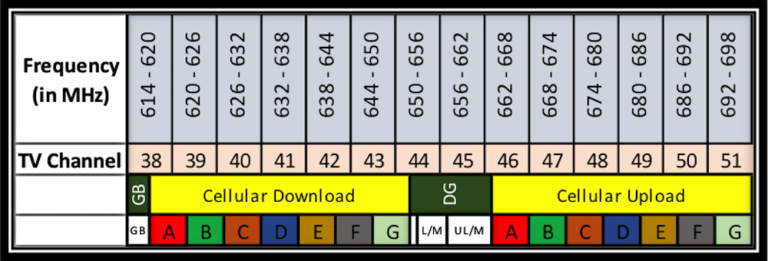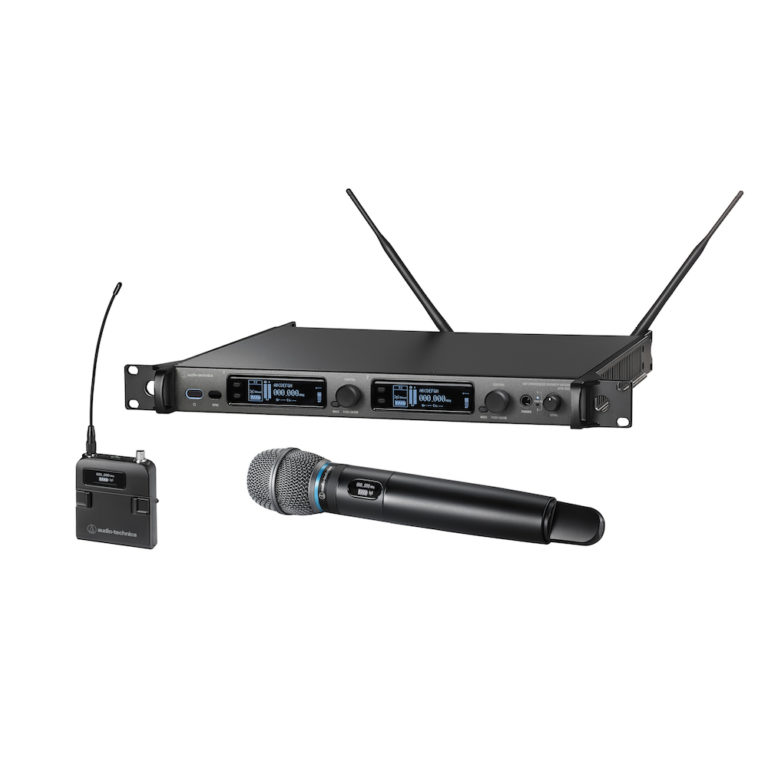Question: What is the 600 MHz Duplex Gap?
Answer: With the FCC auction of the 600 MHz spectrum, a lot of wireless microphone users are looking at what options they have to move forward. A few weeks back, we discussed which wireless systems you may use to replace your equipment that will soon be deemed illegal to operate in the United States. You may note that the FCC deems a particular system unusable if it has the “potential” to operate in the auctioned spectrum, which was 617 – 652 MHz and 663 – 698 MHz. This means that if your current wireless system even has the ability to transmit on these frequencies, you will need to stop using it by summer 2020. The two groups of frequencies will be mostly used for cellular data upload and download links for new networks. The cell phone upload links, wherein data from the end user’s phone is sent to cell towers, will occur at 663 – 698 MHz. Download links, in which data from the cell towers is sent to the end user’s device, will occur at 617 – 652 MHz. The gap between the two spectrum ranges is still open for licensed (653 – 657 MHz) and non-licensed (657 – 663 MHz) wireless microphone transmissions. This is what is referred to as the 600 MHz duplex gap.
[caption id="attachment_3249" align="aligncenter" width="768"] GB (guard band) DG (duplex gap) L/M (licensed) UL/M (unlicensed)[/caption]
GB (guard band) DG (duplex gap) L/M (licensed) UL/M (unlicensed)[/caption]

RF environments post auction will require us all to rethink the way we use and operate wireless systems. The licensed TV broadcasters that had to vacate the sold spectrum either consolidated channels or moved to different frequency ranges along with non-licensed wireless users. This means the available spectrum is even more congested than before, making frequency coordination between all wireless signals in a particular area important to a successful transmission. With its wideband capabilities, the Audio-Technica 5000 Series 3rd Generation wireless system can utilize the unlicensed 600 MHz duplex gap. The ATW-R5220 receivers are able to receive 144 MHz of bandwidth ranging from 470 MHz to 608 MHz as well as the unlicensed portion of the duplex gap of 657 MHz to 663 MHz.
As you determine which wireless system may best suit your needs moving forward into the future RF environments, consider the 5000 Series 3rd Generation with its ability to use the unlicensed 600 MHz duplex gap for hassle-free wireless use. And be sure to take advantage of the Audio-Technica 600 MHz Trade-In Rebate Program prior to its conclusion on March 31, 2020. If you have other questions regarding your wireless systems, feel free to contact the Audio Solutions Department.
















































































































































.webp)































